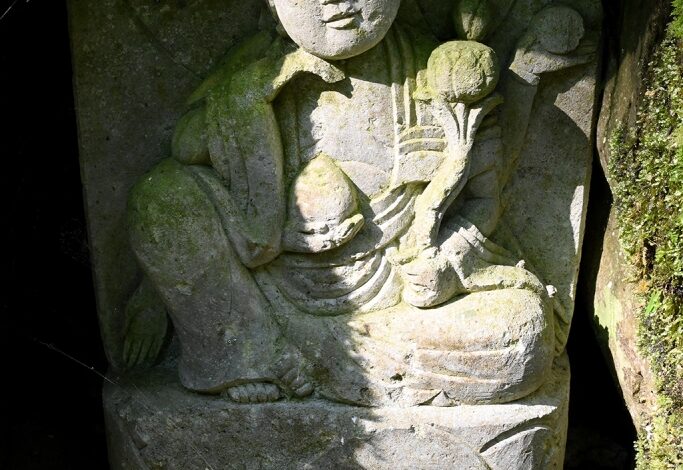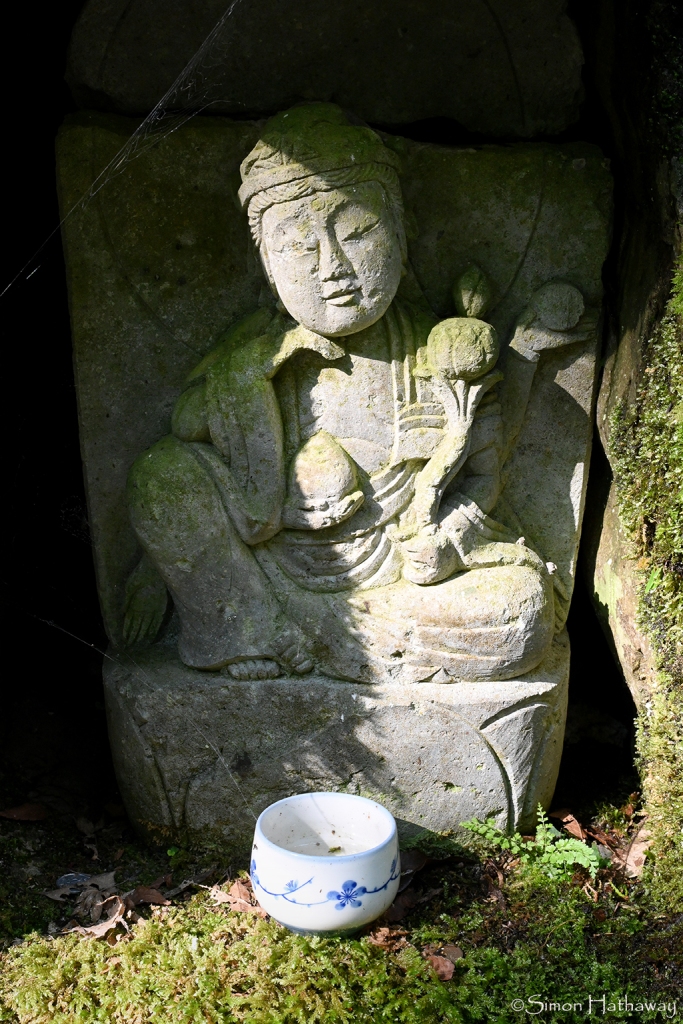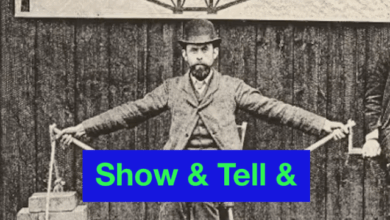The Diamond Sutra (7) – Second Commentary – Zen Fools

Part 2-1
At that time the venerable Subhuti was in the assembly. He rose from his seat, uncovered his right shoulder, knelt on his right knee, joined his palms together in respect, and said to the Buddha, “It is rare and marvellous, Buddha. You always have the Bodhisattvas in mind, protect them well and entrust them well with the Dharma.”
Commentary:
Here, we must deeply contemplate what Subhūti saw and why he expressed such awe and reverence toward the Buddha—even though the Buddha had not spoken a single word. Subhūti had seen the true-Self, the Tathāgata, the true essence of the Buddha that the Buddha had always sought to reveal to his disciples. He called it “rare and marvellous” because the true-Self is utterly free from defilements, beyond worldly conception, and perfect in a way that is extremely difficult to recognise with an ordinary, worldly perspective. This is why the ancient masters warned that no matter how beautifully or nobly someone may describe the Tathāgata (or the true-Self), such words inevitably fall short—or worse, may even defile it. Anyone who understands Subhūti’s words must also recognise that Subhūti’s own act of reverence was itself rare and marvellous as well.

Disciple: “What is it that is rare and marvellous?”
Master: “The Buddha showed it, and now you are showing it too.”
Disciple: “What is it?”
Master: “It is the most common and abundant.”
Disciple: “Why is it called rare if it is so common and abundant?”
Master: “Because many seek it, but few ever see it.”
Disciple: “Then what exactly is it?”
Master: “Come alone tomorrow, and I’ll tell you.”
“He protects all Bodhisattvas well” means the Buddha is not showing favouritism by guarding only Bodhisattvas. In truth, everything is always within the Buddha—the Tathāgata—and nothing can ever be outside of it. Just as no form can escape emptiness, no being can escape the embrace of the Buddha. Bodhisattvas who realise this know they are always protected within the field of the Tathāgata and thus are free from harm. Sentient beings who do not realise this live lives filled with anxiety and illusions. This is why, in the Lotus Sutra, the Buddha compared sentient beings to a rich man’s son who, not knowing his father is the wealthiest man in the world, lives the life of a beggar.
Disciple: “How does the Buddha protect the Bodhisattvas?”
Master: “They cannot leave his embrace.”
Disciple: “How can I enter the Buddha’s embrace?”
Master: “Don’t take a single step.”
“He entrusts the Dharma well to the bodhisattvas” means the Buddha guides Bodhisattvas to enlightenment and thereby transforms them into Tathāgatas like himself. He entrusts them not just with preaching the Dharma, but with embodying the Dharma—so that their every action and word is indistinguishable from the Buddha’s own. The aim of Buddhism is not to worship the Buddha, but to realise that we ourselves are the Buddha. This is how we truly repay the Buddha’s grace.
Disciple: “How does he entrust the Dharma to the Bodhisattvas?”
Master: “He helps them realise there is nothing to entrust.”
Just as the historical Buddha did, we must come to see that our friends, families, neighbours, and coworkers are constantly revealing something rare and marvellous. Not only they, but we ourselves are the Dharma—we are the Tathāgata, the Buddha. This is what Śākyamuni Buddha strove to help people awaken to.
What is rare and marvellous?
If the teacup before your eyes is rare and marvellous, you will see the Buddha.
©Boo Ahm
All writing ©Boo Ahm. All images ©Simon Hathaway




